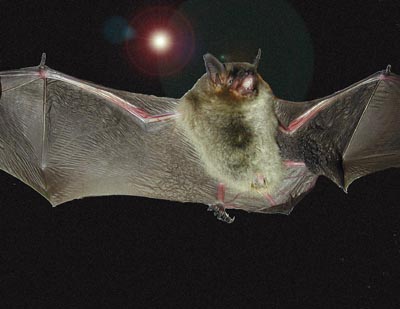More Ghostly Tails
 Welcome
to story time! Please follow along as we tell some ghostly
tails.
Welcome
to story time! Please follow along as we tell some ghostly
tails.
• Besides being referred to as the ghost fish, the Ozark cavefish was once called the “well watcher”. Early settlers once believed that if an Ozark cavefish was occupying the water source near the wells, the water was safer to drink than other water sources. This may sound a bit far-fetched, but this statement does hold some validity to it. Because of the highly specialized environment that these fish occupy, they do not conform easily to even the slightest environmental change. When the settlers noticed an Ozark cavefish occupying a certain water source, they inferred that the water source would stay at that consistency as long as the fish was present, providing an extremely stable source of water. If the Ozark cavefish population started to decline, then the settlers could infer that the water source wasn't safe to drink (Handwerk, 2003).
•The Ozark cavefish relies heavily on the gray bat,
Myotis grisescens, population for a food
source within these cave ecosystems (MDC, 2014). Unfortunately, the gray bat
populations within these ecosystems are declining due to human impact
decreasing the sizes of their habitats. If even the
slightest disturbance occurs, the gray bat population is greatly affected. Which, as you can imagine, decreases the food source that
the Ozark cavefish relies on heavily. This is one reason why the Ozark
cavefish population is declining (Cameron, 2011).
food
source within these cave ecosystems (MDC, 2014). Unfortunately, the gray bat
populations within these ecosystems are declining due to human impact
decreasing the sizes of their habitats. If even the
slightest disturbance occurs, the gray bat population is greatly affected. Which, as you can imagine, decreases the food source that
the Ozark cavefish relies on heavily. This is one reason why the Ozark
cavefish population is declining (Cameron, 2011).
For more information on the Ozark cavefish, check out the primary resources we used for our research located on the references page!
<<EndangeredSpecies Homepage References>>